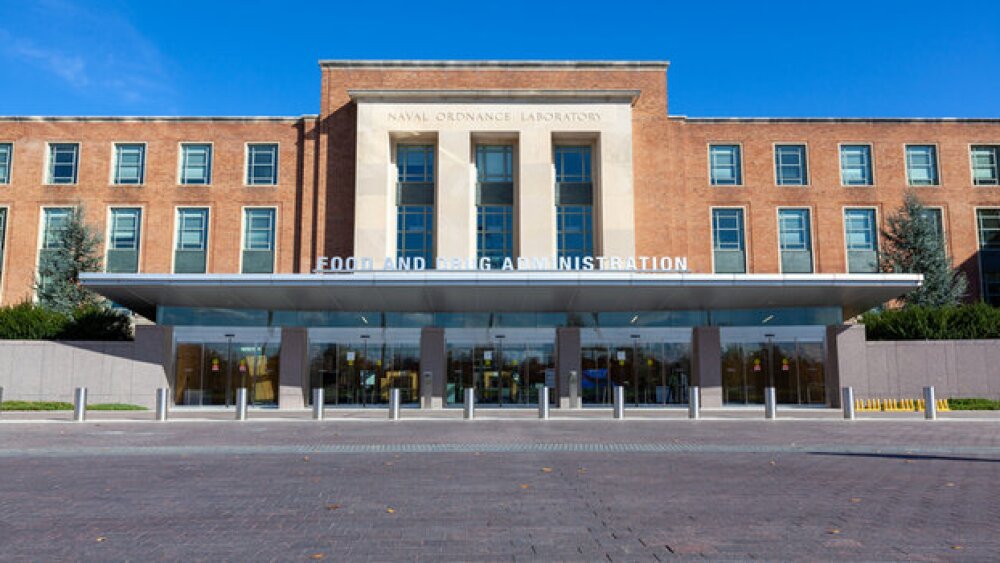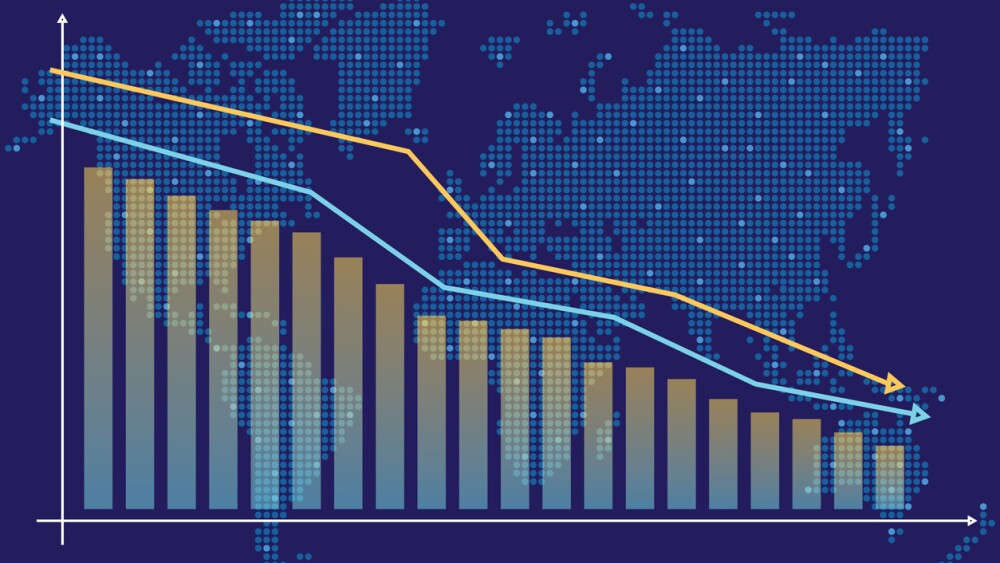Tuesday, de-extinction company Colossal Biosciences closed a mammoth, $150 million Series B financing round and announced plans to resurrect the iconic Dodo – extinct since the 17th century.
Colossal CEO Ben Lamm and Lead Paleogeneticist Beth Shapiro Ph.D./courtesy of Colossal Biosciences
Tuesday, de-extinction company Colossal Biosciences closed a mammoth, $150 million Series B financing round and announced plans to resurrect the iconic Dodo – extinct since the 17th century.
The Series B, led by the United States Innovative Technology Fund (USIT) and supported by Breyer Capital, Bob Nelsen and Animal Capital, among others, brings Colossal’s total funding to date to $225 million.
Colossal, founded in 2021 by famed geneticist George Church, debuted with the unusual mission to bring back the woolly mammoth. More specifically, the Dallas-based company aims to birth a cold-resistant elephant with all the core biological traits of the mammoth.
Next up was the thylacine, an Australian marsupial better known as the Tasmanian Tiger. This project, in collaboration with the University of Melbourne, was announced in August 2022.
Now, through its newly launched Avian Genomics Group, Colossal will begin the process of de-extincting and re-wilding the Dodo.
The company will leverage genetic rescue techniques and its de-extinction toolkit to bring back the Dodo, which was wiped out of its native ecosystem of Mauritius, an island nation in the Indian Ocean, in 1662 when its eggs were eaten by invasive species.
Such an endeavor requires the latest advances in computational biology, cell and genome engineering, stem cell biology, embryology, protein engineering and assisted reproductive technologies.
Beth Shapiro Ph.D., scientific advisory board member and lead paleogeneticist at Colossal, told BioSpace the Dodo is descended from the same line as the Nicobar pigeon (currently living) and solitaire pigeon (now extinct). Shapiro’s team is in possession of both genomes.
Using computational biology, Colossal will use these and other pigeon genomes to narrow down the list of edits it needs to make. Next, the team will attempt to engineer a new bird.
The de-extinction process for many species involves cloning, or more specifically, somatic cell nuclear transfer.
This process involves catching the egg cell at the perfect developmental stage, removing the egg before it can be fertilized, removing the genetic material from the egg and replacing it with the genetic material from a somatic cell. The cell proteins in the egg enable the genome to work as it starts to divide and make up the tissue types that create a new animal.
This process is not feasible with birds. Shapiro said avian gene editing will require an entire suite of new technologies.
“The challenge is that we don’t have access to egg cells at this really important developmental stage. So, you have to find another path.”
This is where Colossal will attempt to make the jump from chickens to pigeon relatives to Dodo. First, the company will edit primordial germ cells (PGCs). When an egg is laid, PGCs migrate around the developing embryo in search of the gonads where they will eventually become either sperm or eggs, Shapiro said.
The PGCs are then grown in a culture dish, where Colossal plans to edit them. It will then re-inject them into an embryo at the same developmental stage where the PGCs will become edited sperm or edited eggs depending on the sex of the organism.
“Those germ cells will hopefully become the next generation,” Shapiro said.
Because the gestation period within an egg is just 30 days, compared to 22 months for an elephant, Ben Lamm, co-founder and CEO of Colossal, said “it is highly likely we will see a proxy for the dodo before we see our first calves.”
Along with Tuesday’s financial windfall, Colossal touted “massive” progress on the wooly mammoth and Tasmanian Tiger pursuits.
All three projects are expected to progress gene editing research overall, and Lamm reported that some of Colossal’s teams have made “great advances in some of the multiplex editing and…delivering large cargos of DNA.”
He added that understanding more about PGCs and applying multiplex editing in avian gene editing could enable applications in other species.






